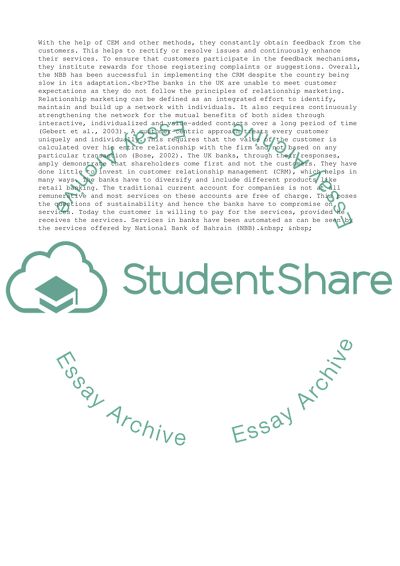Cite this document
(Customer and their Needs in Banking Essay Example | Topics and Well Written Essays - 3750 words, n.d.)
Customer and their Needs in Banking Essay Example | Topics and Well Written Essays - 3750 words. Retrieved from https://studentshare.org/business/1711546-customer-and-their-needs
Customer and their Needs in Banking Essay Example | Topics and Well Written Essays - 3750 words. Retrieved from https://studentshare.org/business/1711546-customer-and-their-needs
(Customer and Their Needs in Banking Essay Example | Topics and Well Written Essays - 3750 Words)
Customer and Their Needs in Banking Essay Example | Topics and Well Written Essays - 3750 Words. https://studentshare.org/business/1711546-customer-and-their-needs.
Customer and Their Needs in Banking Essay Example | Topics and Well Written Essays - 3750 Words. https://studentshare.org/business/1711546-customer-and-their-needs.
“Customer and Their Needs in Banking Essay Example | Topics and Well Written Essays - 3750 Words”, n.d. https://studentshare.org/business/1711546-customer-and-their-needs.


